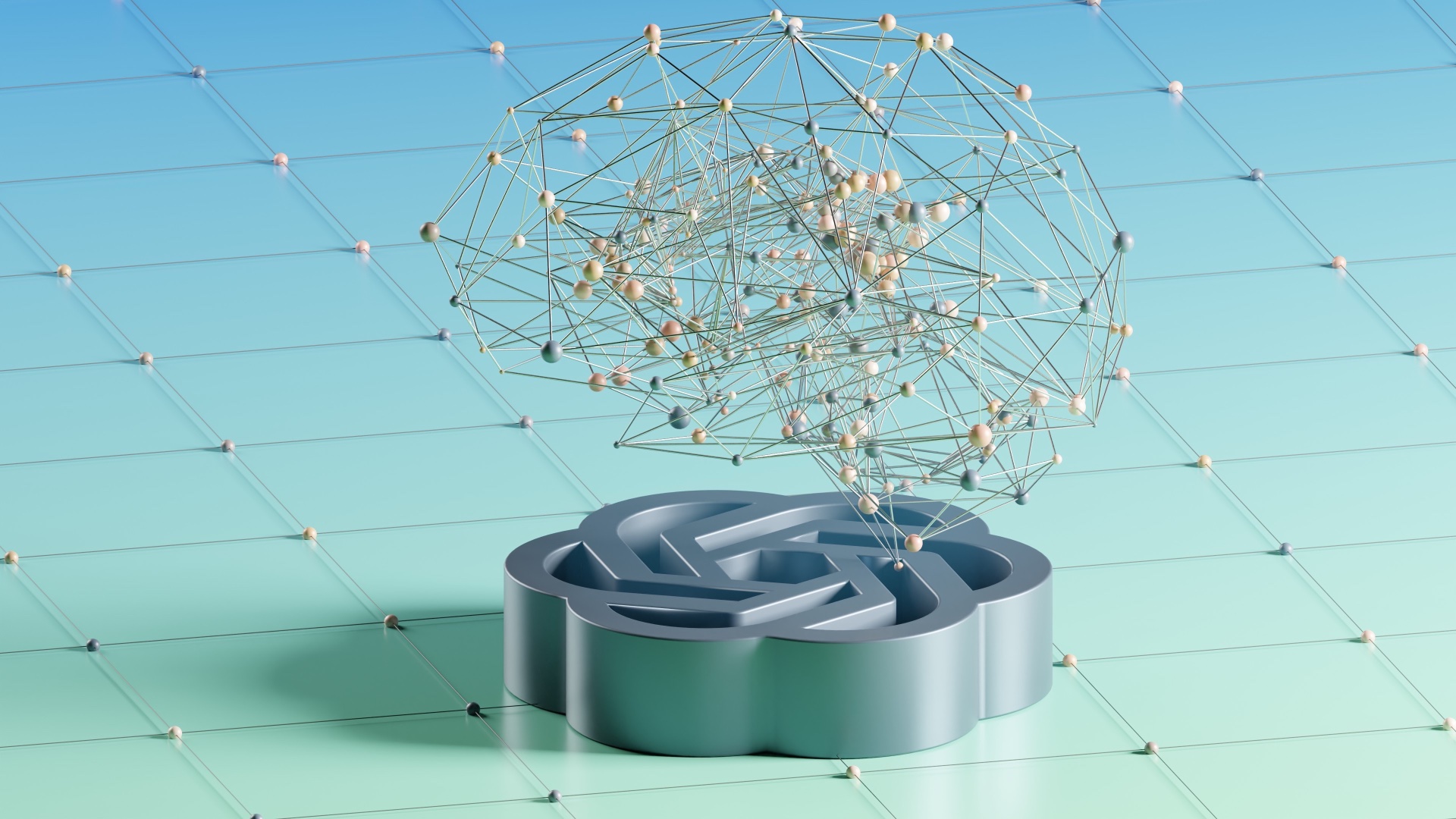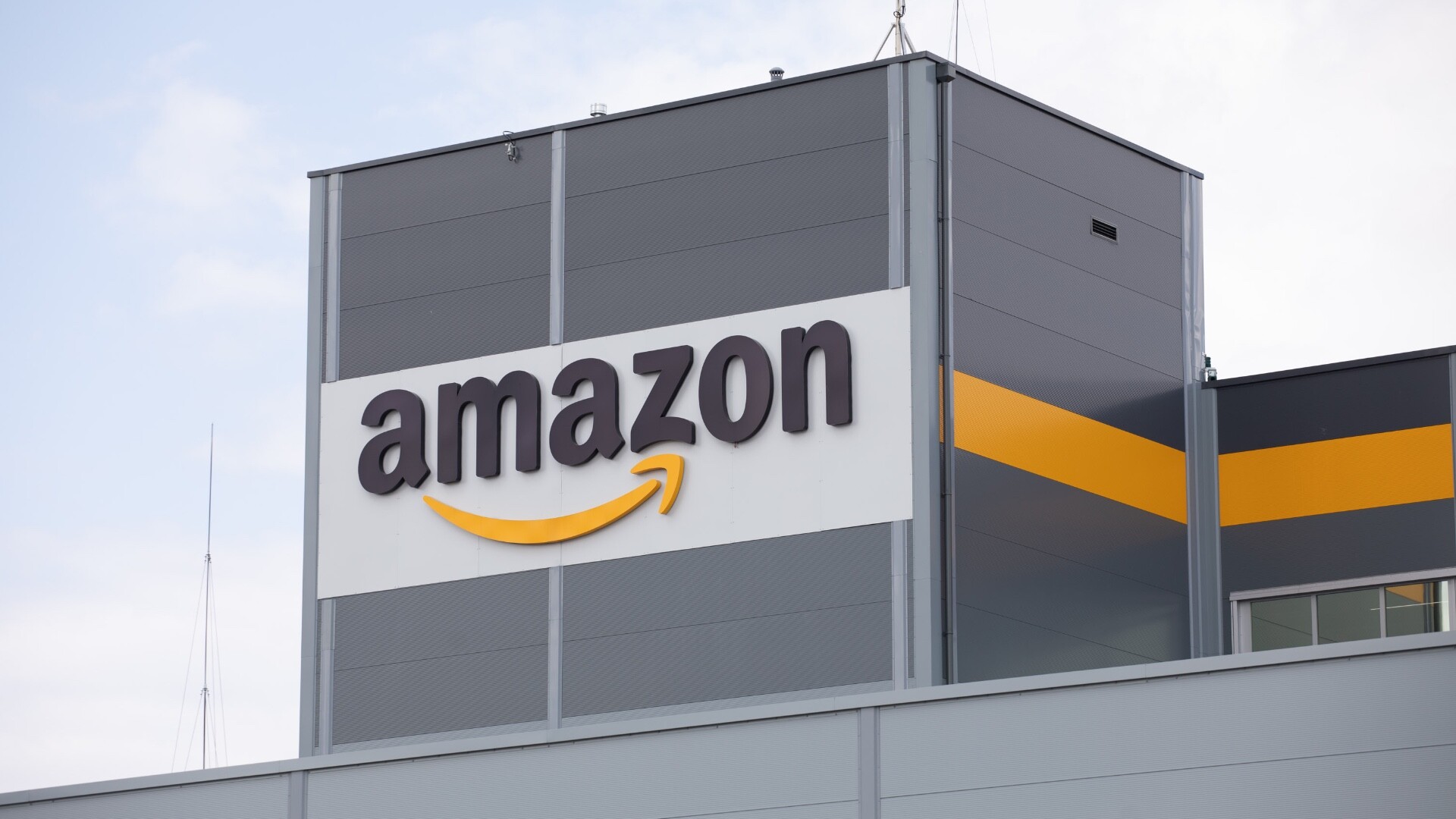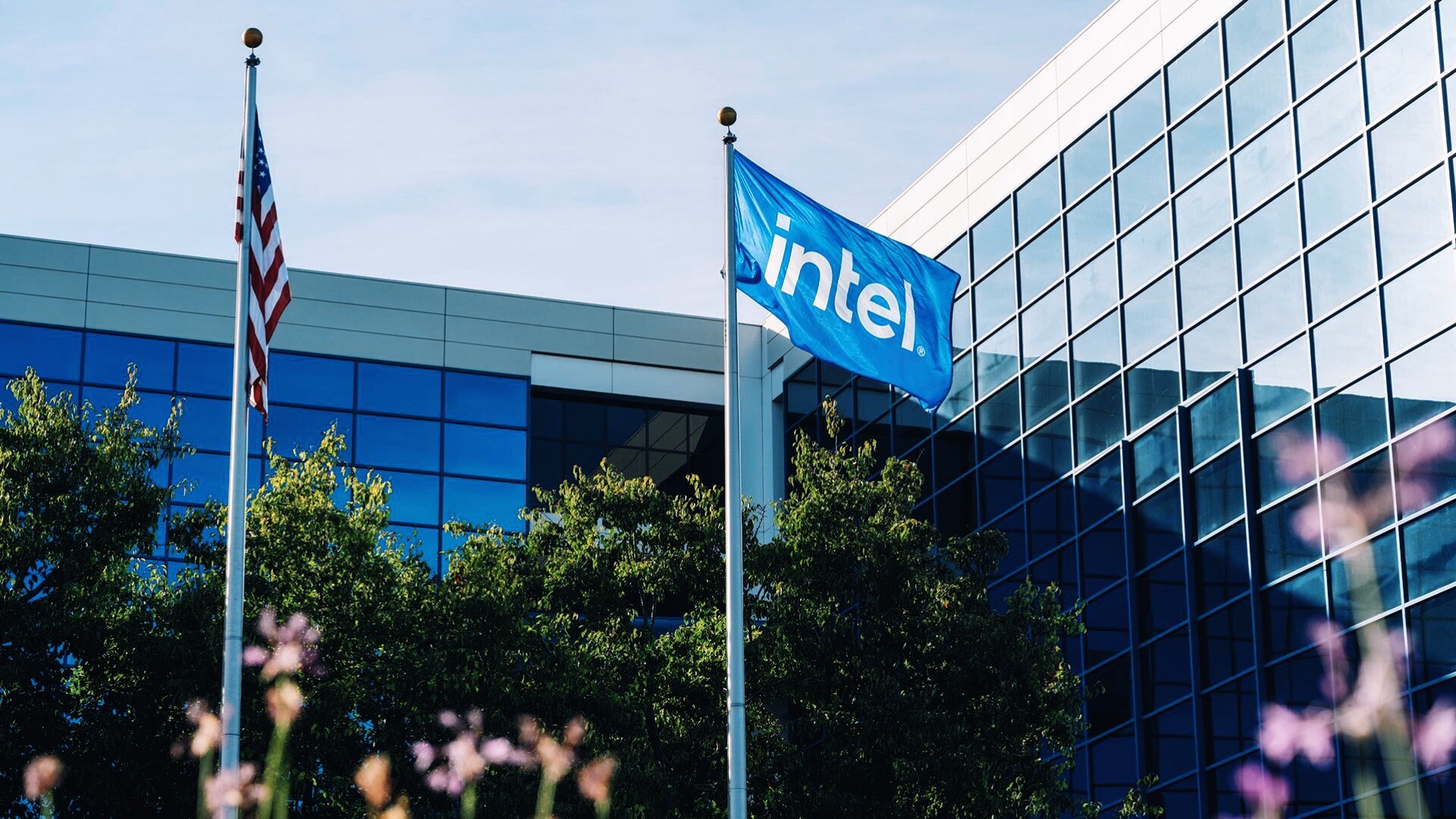The Polish market for Enterprise Resource Planning (ERP) systems is at a fascinating moment of maturity, which is sometimes misinterpreted as stagnation. Although global trends point to dynamic growth, driven mainly by cloud solutions (the global ERP market value in 2024 will be USD 66 billion, growing at a rate of 11.3%), the domestic market, estimated at around PLN 1.6 billion, lacks spectacular greenfield capital implementations (Greenfield CAPEX). This apparent stagnation is not a symptom of regression, but evidence of a fundamental evolution. Investment has not disappeared, but has become quiet, continuous and operational, shifting from large, one-off capital expenditure (CAPEX) to flexible subscription charges (OPEX). This shift is a strategic response to macroeconomic uncertainty, an acute staffing deficit and tough regulatory requirements.
Maturity phase: from adoption to modernisation
The most important evidence of the maturity of the Polish market is its level of saturation, especially in the key economic segment of medium-sized enterprises. In companies with 50 to 249 employees, the penetration rate of integrated systems is already 60%. Poland has almost bridged the gap to the EU average, which means that most medium-sized companies already have an ERP foundation . Consequently, demand is no longer focused on the purchase of the first system, but on upgrading existing implementations (Brownfield) and extending their functionality. In the small business sector (less than 50 employees), however, the gap is still significant, with only 24% of entities having implemented integrated systems. This segment, often referred to as an area of ‘sleepy transformation’, is mainly facing financial and human resources barriers.
TCO and staff deficit as CAPEX brakes
Companies are cautious about new implementations under the traditional CAPEX model for two main reasons, financial and human resources. Total Cost of Ownership (TCO) analysis reveals that the initial cost of a licence is just the tip of the iceberg. For premium systems, the 5-year TCO ranges from 4:1 to as much as 8:1 over the purchase cost, which means an additional PLN 3 to 7 is required for implementation, customisation, infrastructure and maintenance. Such a high risk multiplier is difficult to accept at a time of macroeconomic uncertainty, including inflation and supply chain disruption.
An equally critical factor is the shortage of qualified staff. As many as 66% of IT managers cite a lack of suitable staff as a major obstacle to digital plans. This operational problem pushes companies towards the SaaS (Software as a Service) model, as cloud ERP offers a faster return on investment (ROI), becoming a de facto investment in outsourcing IT competencies. The move to OPEX/SaaS is a strategic necessity, minimising the risks associated with maintaining expensive and difficult to recruit internal staff.
Regulatory mandates: KSeF and ESG as key drivers of spending
In a mature market environment, this regulatory forcing has become the strongest catalyst for spending. The mandatory implementation of the National e-Invoicing System (KSeF) is now the most important driver of modernisation. KSeF requires deep integration with existing sales, logistics and controlling systems , which in capital groups involves complex process adjustments, e.g. in the context of transfer pricing adjustments. These costs are mainly expenses for the adaptation and modification of existing systems, burdening the OPEX budget.
A second strong regulatory driver is the non-financial ESG reporting requirements under the CSRD. Although 76% of Polish companies are at an early or intermediate stage of maturity in ESG reporting, the pressure from stakeholders, especially investors, is immense. These requirements are forcing investment in advanced analytics and the cloud – by 2025, as many as 83% of organisations covered by the directive base their reporting processes on the cloud, using dedicated ESG platforms. This is a strategic investment, focused on data and OPEX, enabling competitive advantage.
New investment directions: cloud, AI and ecosystem consolidation
The real transformation and new investments are taking place in the technological sphere. Cloud adoption is a key trend: 38% of Polish companies are already using cloud ERP and another 39% are planning such an implementation in the coming year. The SaaS model is attractive due to increased efficiency, simplified infrastructure and faster innovation.
Equally important is the introduction of Artificial Intelligence (AI) into the foundations of the system. AI and predictive analytics have ceased to be an innovative fad, becoming key functionalities. Companies see them as a tool to alleviate the IT skills shortage by automating processes, as indicated in industry reports. An investment in AI is therefore an investment in a company’s operational capability.
There is also an invisible form of capital investment going on in the background: consolidation and innovation financing. The rising cost of funding may prompt owners of smaller IT companies and niche B2B SaaS providers to consider selling the business. For industry leaders, mergers and acquisitions (M&A) are becoming a strategic form of investment, enabling rapid acquisition of innovative products, expansion of the functionality portfolio and, crucially, acqui-hiring – the acquisition of skilled staff. At the same time, innovations in ERP are being financed by Venture Capital funds, whose investments in Poland in 2024 amounted to PLN 2.1 billion, supporting specialised, often cloud-based modules that complement traditional systems.
Manufacturing (Industry 4.0, with an emphasis on MES and IoT modules) and e-commerce and distribution remain particularly active segments, where the modularity of modern ERP (ability to add WMS, e-commerce integration on demand) allows for evolutionary system building without costly Big Bang implementations.
The Polish ERP market has reached a state of mature complexity. The apparent lack of new CAPEX investment is not the result of stagnation, but of a fundamental evolution in the way digital transformation is financed. The market has shifted from an implementation buyer’s market (one-off CAPEX) to a service and upgrade buyer’s market (continuous OPEX), which is a strategy to minimise TCO risk and get a quick return on investment.
Looking ahead to the next few years, true competitive advantage will no longer come from simply having an ERP system. It will depend on the level at which the company integrates Cloud and AI modules to deal with the competency deficit and turn regulatory requirements (KSeF, ESG) into real business value, increasing efficiency and predictive accuracy. It remains a priority for SMEs to actively seek financial support, for example through EU programmes such as ‘Dig.IT. Digital Transformation’ to address the capital and staffing barriers that continue to inhibit full digitisation.












